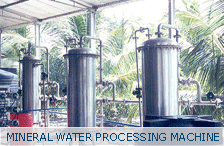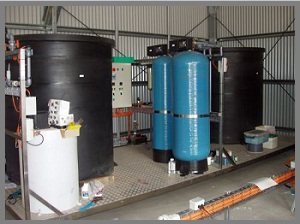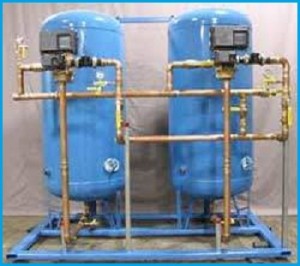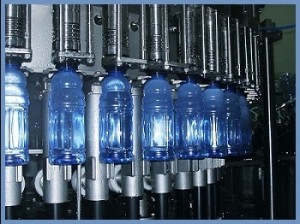Life and water are synonymous. It is the essential element to survive and is used in multiple ways. Whatever be the purpose of using the water, be it domestic, commercial or industrial it is always important to ensure the quality of the water supplied. It must bear high standard and that is ensured by running the water through a number of water treatment processes. The procedures are undertaken in a water treatment plant.
100% pure and clean water is nothing but a myth as it is almost impossible to achieve 100% purity in the water. As many times the water is cleansed or passed under different  treatment processes, it contains some elements that might or might not be harmful to our health. In course of time the number of harmful elements in contaminating the water is increasing and they have the ability to kill animals and even human beings. The most harmful elements happen to be the parasites, bacteria, virus, campylobacter, cryptosporidium, giardia, algae, fungus and so on. It is also seen that the water tends to carry toxic metals like lead, copper and many others. The water treatment process decreases the level of contamination in the water and makes it safer and cleaner for various usages.
treatment processes, it contains some elements that might or might not be harmful to our health. In course of time the number of harmful elements in contaminating the water is increasing and they have the ability to kill animals and even human beings. The most harmful elements happen to be the parasites, bacteria, virus, campylobacter, cryptosporidium, giardia, algae, fungus and so on. It is also seen that the water tends to carry toxic metals like lead, copper and many others. The water treatment process decreases the level of contamination in the water and makes it safer and cleaner for various usages.
The treatment procedures of water are undertaken not for providing clean and safe water for drinking but also for using it for industrial and commercial purposes. There are also procedures to treat waste water before they are disposed off. Thus the water goes back to the environment to be used again.
There are three stages involved in water treatment process and they are the primary, secondary and tertiary stage. Each of the stages includes a number of minute procedures, which are undertaken with great care to assure that there are no visible elements dissolved in the water. Maximum care is taken for removing the impurities when the water is meant for domestic purposes. Even the finest elements are removed with in-depth attention.



